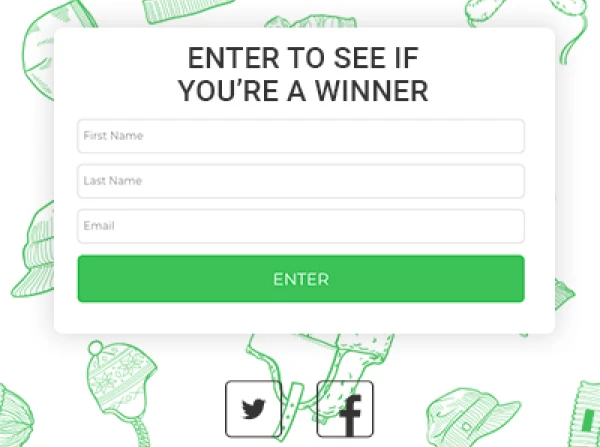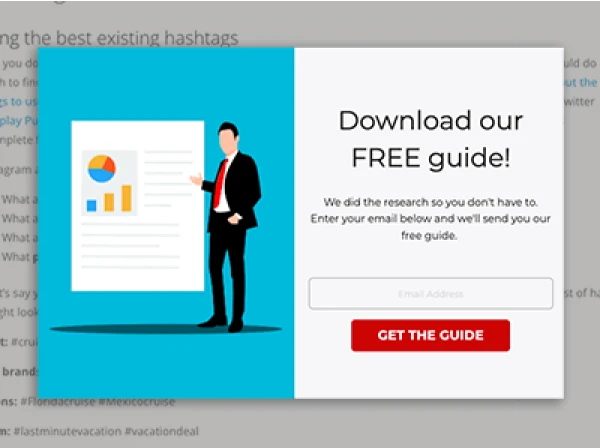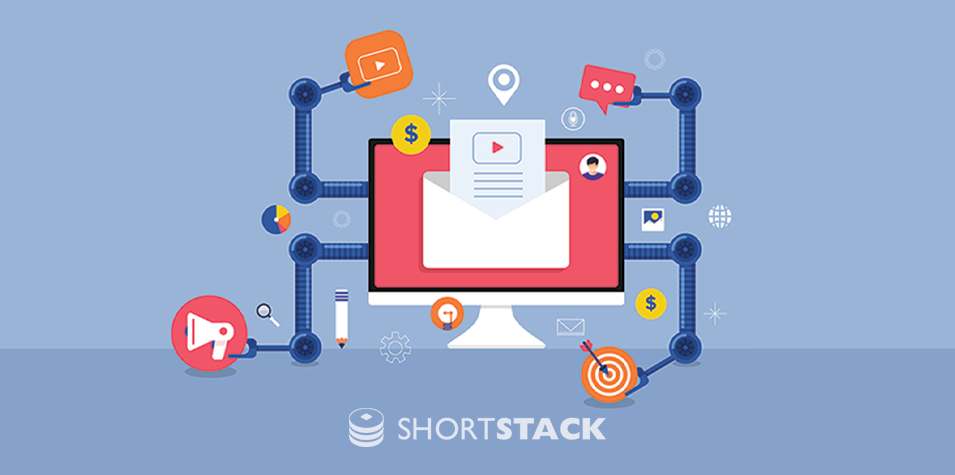If you find that your entry form has generated significant online traffic but the conversion rate remains low, it's likely due to form abandonment. On the bright side, form abandonment can often be attributed to easily emendable issues. In this infographic, learn some of the major reasons forms are abandoned and the simple solutions that will gear your entry form towards more conversions.
1. Form Length
It’s probably no surprise that a lengthy form can be the reason for abandonment. Let’s face it, in this fast-paced world, our digital lifestyles have become centered around convenience. In a best-case scenario, too many fields will be met with an annoyed groan. Unfortunately, a more likely scenario is that form visitors will abandon all together. In fact, single-page entry forms typically only convert at a rate of 4.53%.
Solution
If you’re unable to widdle your form fields down any more than you already have, break up your entry form into multiple pages. Displaying fields in smaller groups and displaying each group on it’s own can do wonders in increasing your conversion rate. Multi-page forms are shown to boost conversions to 13.85%.
2. Unnecessary Questions
Have you ever been trodding through a big box store when someone with a glossy badge ambushes you and asks what internet service you’re using? If you engage, you know you’ll be forced to listen to their sales pitch. Asking for data that seems unrelated to your form conversion feels similar to this, and is a quick way to tank your conversion rate. For example, 37% of users will abandon a form that asks for their phone number. Likely, because users know that providing this info will lead to receiving a phone call and sales pitch.
Solution
Using conditional (or branching) logic can help you tailor the experience of your entry form to the individual user you’re working to convert. In this example, an interior design company uses conditional logic to tailor their line of questions based on a level of interest. Only when selecting the “we’re currently looking for a designer” option, is the user asked for their phone number and a good time to call. If they had selected any other option, the user would merely be prompted to subscribe to an email list, which will promote top-of-mind awareness until the prospect is ready to move forward with a project.
3. Security concerns
As data breaches continue to make headlines more frequently than anyone would prefer, online security has become a pressing issue. As a result, the smallest indication that a form may be lacking in robust security features is almost certain to increase the likelihood of users abandoning it. According to research, 29% of abandonment can be attributed to concerns about security.
Solution
It goes without saying that anyone with an online presence must adopt security best practices, but, in order for these measures to boost your conversion rates, make them transparent to online visitors. For example, display an SSL certificate, or other encryption badge, and link to a privacy policy.
4. Too many ads or upsells
It’s tempting to advertise or upsell to a customer you already have on the hook, however, your effort to increase revenue here may have the opposite effect than intended. After all, 11% of abandonment is attributed to too many ads or upsells.
Solution
Before kicking your ads and upsells to the curb, do some testing. A lower conversion rate doesn’t always mean a drop in revenue if customers are spending more per purchase. However, if removing ads and upsells leads to a boost in conversions as well as a boost in revenue, consider re-enginnering your sales funnel. For example, instead of including them in the entry form, the ad or upsell can always be delivered in follow-up communication, such as an email.
5. Forced account creation
A streamlined buying experience is essential when working to provide a positive user experience. However, if a user’s goal is to complete an entry form, having to complete a second entry form to set up an account seems far from streamlined. Additionally, creating an account usually leads to an inbox full of unwanted emails, which can be a major deterrent for most online users. For this reason, it’s no surprise that 23% of users will not fill out a checkout form if they are forced to creat an account.
Solution
Offering another means to checkout, such as a guest checkout, can help retain your form’s conversions. And if the drop in account holders is making you anxious, don’t stress! Those new customers are 75.5% likely to come back and shop again, increasing the likelihood that they’ll choose to set up an account on their own.
6. Not responsive on mobile
For many of us, our mobile devices may as well be attached to our bodies, so it’s no surprise that far fewer form conversions happen on a desktop rather than on our phone. In fact, only about 14% of forms viewed on a desktop end up as a conversion.
Solution
By creating forms that are automatically responsive on mobile devices, form conversions can jump to 54%.
Ready to increase conversions?
Great form-building software is only a few clicks away. ShortStack offers built-in solutions for creating multi-page forms, conditional field logic, automated follow-up emails and more. Visit shortstack.com to learn more.

About the author
Jessica Miller-McNatt has been with ShortStack for over a decade and has served in every role from Marketing Team Lead to Customer Success. Her journey in martech continues to fuel her fascination for what drives growth. Jessica's favorite weekends are spent in the North Georgia mountains, chasing waterfalls and exploring with her family.
Recent posts
Go back to blogGet marketing tips straight to your inbox
Launch an irresistible giveaway. Get started for free.
Join 630.000+ marketers that are boosting engagement and sales.













